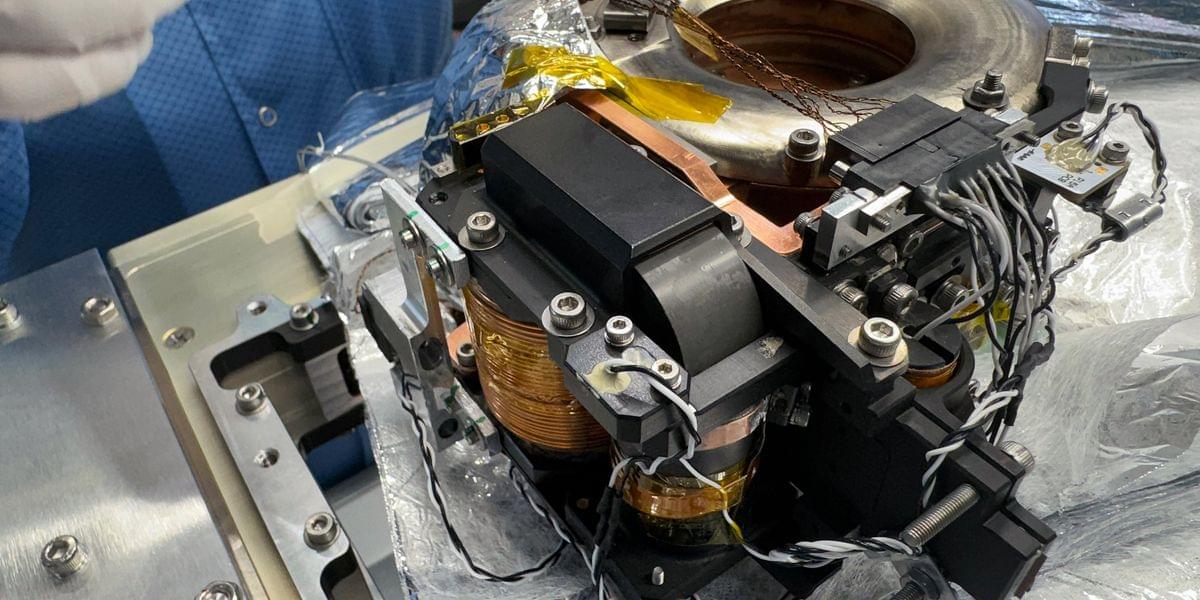This pushes back on the notion that high-paying roles requiring advanced education are immune to automation.



We speak with Sakana AI, who are building nature-inspired methods that could fundamentally transform how we develop AI systems.
The guests include Chris Lu, a researcher who recently completed his DPhil at Oxford University under Prof. Jakob Foerster’s supervision, where he focused on meta-learning and multi-agent systems. Chris is the first author of the DiscoPOP paper, which demonstrates how language models can discover and design better training algorithms. Also joining is Robert Tjarko Lange, a founding member of Sakana AI who specializes in evolutionary algorithms and large language models. Robert leads research at the intersection of evolutionary computation and foundation models, and is completing his PhD at TU Berlin on evolutionary meta-learning. The discussion also features Cong Lu, currently a Research Scientist at Google DeepMind’s Open-Endedness team, who previously helped develop The AI Scientist and Intelligent Go-Explore.
SPONSOR MESSAGES:
***
CentML offers competitive pricing for GenAI model deployment, with flexible options to suit a wide range of models, from small to large-scale deployments. Check out their super fast DeepSeek R1 hosting!
https://centml.ai/pricing/
Tufa AI Labs is a brand new research lab in Zurich started by Benjamin Crouzier focussed on o-series style reasoning and AGI. They are hiring a Chief Engineer and ML engineers. Events in Zurich.
Goto https://tufalabs.ai/
***
Rather than simply scaling up models with more parameters and data, they’re drawing inspiration from biological evolution to create more efficient and creative AI systems. The team explains how their Tokyo-based startup, founded in 2023 with $30 million in funding, aims to harness principles like natural selection and emergence to develop next-generation AI.

Shen et al. investigate the use of Lactobacillus plantarum, a commensal bacterial strain, as a chassis for targeting the olfactory mucosa to facilitate precise nose-to-brain delivery of therapeutic molecules. When engineered to secrete appetite-regulating hormones, intranasal delivery of L. plantarum alleviates obesity-related symptoms in a mouse model.
Can Musk send humans to Mars by 2028.
GoldBacks from Galactic/Green Greg’s affiliate link:
Use coupon code GreenGregs for 1% off.
Outstanding Antioxidant for Your Health: https://shopc60.com/
Use discount code: GreenGregs10 for 10% off.
Inspire your kids to love science!
SAVE 20% OFF New Science Kits Using Code: NEWKITSSAVE20 https://www.pntra.com/t/SENKTExNSUhDR05OSUxJQ0dPRkxGRw.
For gardening in your Lunar or Mars habitat GalacticGregs has teamed up with True Leaf Market http://www.pntrac.com/t/TUJGRklGSkJGTU1IS0hCRkpIRk1K

“Can you hand me the… you know… the thingy? It’s right there next to that other doohickey!” Struggling to find the right word happens to all of us. In fact, it even has a name; lethologica, and it tends to become more common as we get older.
Forgetting words now and then isn’t a big deal, but if it starts happening frequently, it could be an early sign of changes in the brain linked to Alzheimer’s disease —long before more obvious symptoms appear. But here’s the twist: A recent University of Toronto study suggests that how fast you speak might be a better clue about brain health than the occasional word mix-up.



Summary: Concerns over potential negative impacts of AI have dominated headlines, particularly regarding its threat to employment. However, a closer examination reveals AI’s immense potential to revolutionize equal and high quality access to necessities such as education and healthcare, particularly in regions with limited access to resources. From India’s agricultural advancements to Kenya’s educational support, AI initiatives are already transforming lives and addressing societal needs.
The latest technology panic is over artificial intelligence (AI). The media is focused on the negatives of AI, making many assumptions about how AI will doom us all. One concern is that AI tools will replace workers and cause mass unemployment. This is likely overblown—although some jobs will be lost to AI, if history is any guide, new jobs will be created. Furthermore, AI’s ability to replace skilled labor is also one of its greatest potential benefits.
Think of all the regions of the world where children lack access to education, where schoolteachers are scarce and opportunities for adult learning are scant.
Firefly robot spacecraft landed on the Moon! 🤖🌒
Blue ghost’s amazing view of the moon from 62 miles up.
IF THERE ARE COPYRIGHT ISSUES, PLEASE CONTACT: [email protected].
COPYRIGHT DISCLAIMER
7EVEN don’t fully own the material compiled in this video. It belongs to individuals or organizations that deserve respect.
We use under: Copyright disclaimer section 107 of the Copyright Act 1976. “fair use” is allowed for purposes such as criticism, comment, news reporting, teaching, scholarships and research.
#7EVEN @its7EVEN